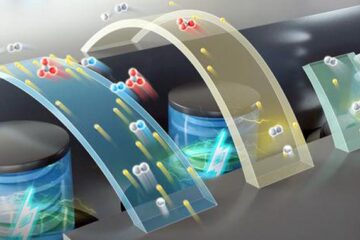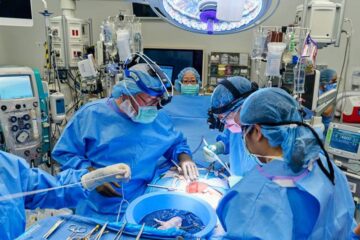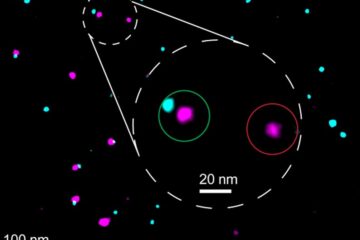Acute Heart Failure: Reality and Recommendations

The number of hospitalizations for heart failure is about the same as for acute myocardial infarction.
Our knowledge over acute heart failure patients treated at hospitals for heart failure is based on surveys. In Europe the information is still scarce but emerging especially through the European Society of Cardiology (ESC) Euroheart survey program.
In the Euroheart Heart Failure I survey performed in 2000, which collected information from 10701 patients treated by heart failure medication particularly diuretics on emergency basis and onward found out that 47% of the patients were females and 51% of them were over 75 years old. In male subjects, 30% were older than 75 years. As stated, the number of hospitalizations for heart failure is about the same as for acute myocardial infarction and moreover 30% of acute coronary syndrome patients have mild or severe heart failure.
In Euroheart II, which is a European survey on characteristics of acute heart failure in Europe, 40% of unselected patient population are females. In female acute heart failure patients the prevalence of acute new onset heart failure is 44% and higher than in male subjects. The female subjects are older with mean age of 73 years compared to 68 years in male subjects.
During the last decade, heart failure has received increased attention due to the cost of care for the society. The hospitalizations are long from 3 – 21 days depending on the severity, mean 9 days, including at least one day in intensive care or corresponding specialty care units with higher cost. The mean cost can be an estimated 3000€ per hospitalization without special investigations.
Out of the acute heart failure patients 60% have known heart failure and 40% are patients with acute cardiac emergency causing heart failure. Thirty-five percent of patients undergo cardiac catheterization and interventions are frequent, especially in patients who present with acute and new heart failure as many of these are caused by acute coronary syndrome.
Mortality is high, in hospital 7% and during three-month follow up 10%. The mortality in cardiogenic shock patients is 70 – 80%.
The ESC has recently in January 2005 issued European guidelines on acute heart failure, which institutes the definition and classification of acute heart failure and delineates our current evidence and expert opinion on acute heart failure therapy. The ongoing Euroheart survey elucidates the causes and treatment of acute heart failure and in its ongoing follow-up the therapy after hospitalization as well as prognosis.
There are several complicating factors in the course of our patients. Seventeen percent of females have anemia, partly related to age. Thirty-one percent have atrial arrythmias, especially atrial fibrillation. Some of the patients have ventricular tachycardias or life threatening arrythmias. In male subjects history of smoking is frequent and they often have more chronic lung diseases. Eight percent of patients have pneumonia at entry. Renal insufficiency, usually mild is frequent, with 16%. Diabetes is complicating the course in 34% of females and 30% of male subjects. New research is warranted and needed and in the future our treatment practises should be evaluated with proper research.
Heart failure patients are “a country” in Europe, there are so many. Acute heart failure hospitalizations are as frequent as myocardial infarction and moreover it is complicating many of our coronary patients. ESC guidelines will standardize the care of acute heart failure patients, but fresh research and development of medical care is welcome to improve the prognosis and to lower the cost.
Media Contact
More Information:
http://www.escardio.org/vpo/ESC_congress_information/ConferenceReleases/All latest news from the category: Health and Medicine
This subject area encompasses research and studies in the field of human medicine.
Among the wide-ranging list of topics covered here are anesthesiology, anatomy, surgery, human genetics, hygiene and environmental medicine, internal medicine, neurology, pharmacology, physiology, urology and dental medicine.
Newest articles

High-energy-density aqueous battery based on halogen multi-electron transfer
Traditional non-aqueous lithium-ion batteries have a high energy density, but their safety is compromised due to the flammable organic electrolytes they utilize. Aqueous batteries use water as the solvent for…

First-ever combined heart pump and pig kidney transplant
…gives new hope to patient with terminal illness. Surgeons at NYU Langone Health performed the first-ever combined mechanical heart pump and gene-edited pig kidney transplant surgery in a 54-year-old woman…

Biophysics: Testing how well biomarkers work
LMU researchers have developed a method to determine how reliably target proteins can be labeled using super-resolution fluorescence microscopy. Modern microscopy techniques make it possible to examine the inner workings…





















